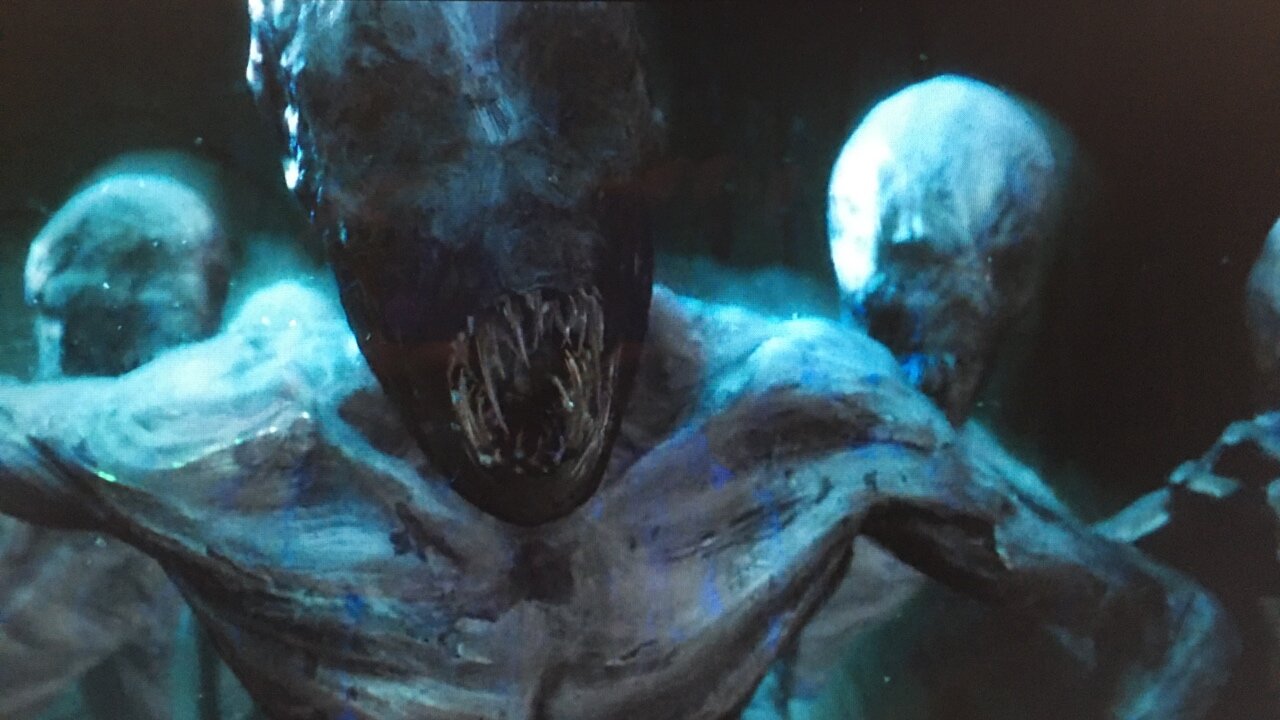Season 2 of 'Love, Death & Robots' Offers More Robots, More Death, And A Little More Love
If you are looking for character growth and subtle storytelling, Love, Death & Robots might not be the series you are looking for. But if you want short stories from pulp magazines or horror/sci-fi anthology books brought to life, you have come to the right place.
On May 14, Netflix released season 2 of Love, Death & Robots. While season 1, which was released in March of 2019, consisted of 18 episodes, this second installment has only eight. Like season 1, all of the new stories are completely self-contained, have no common thread, and can be watched in any particular order. And unlike in its “spiritual ancestor” Heavy Metal (1981), there is no background story that links the episodes together.
What follows is a review of season 2, that contains very minor spoilers:
Again, all of the episodes are completely animated and have been produced by various animation studios. All of them share the common characteristics of short stories, like an abrupt beginning and a more or less open end, and none of the episodes are suited for children, due to their dark tone, a lot of blood, gore, and some sexual content. But this is where the common ground of the eight episodes ends: the length of the stories varies between 7 and 18 minutes, so it’s quite easy to binge-watch the whole season.
Regarding the animation style, some of the stories look nearly live-action or as high-end computer games (like "Pop-Squad" or "Snow in The Desert"), "The Tall Grass" has a seemingly hand-painted look to it, that is quite unique, while "Ice" is done in the style of Japanese anime and might easily stem from a Gorillaz music video. "Automated Customer Service," on the other hand, has a more cartoony look and could have been produced by Illumination Entertainment (The Secret Life of Pets, Despicable Me) or from some other big animation studio, if the creator had a weird sense of humor.
The topics of the episodes range from classic monster horror, like "The Tall Grass," which is kind of similar to the 2019 Netflix movie In The Tall Grass but is not based on the same short story. "Pop Squad" is set in a Philip K. Dick-like dystopian, almost Blade Runner-esque future, where there a dedicated police squads, responsible for ensuring that the earth population doesn’t grow too fast, once the rich have found a way to extend their lives nearly indefinitely.
"Snow in The Desert" is a quite brutal, almost Mad Ma- like story, while "Life Hutch" has a certain Lost in Space or even Alien vibe to it, where the protagonist finds quite a clever solution to get rid of a malfunctioning robot that tries to kill him.
Other stories show a kind of (dark) humor, like "Automated Customer Service," where an elderly lady and her dog have to fight off a cleaning-robot that is going berserk, or "All Through The House," where two siblings find out who actually brings the presents on Christmas Eve, and that it is probably a good idea to rather be nice rather than naughty throughout the year.
Finally, "The Drowned Giant" is a rather melancholic story, showing how quickly and how disrespectfully mankind reacts to something they have never witnessed before.
Overall, season 2 of Love, Death & Robots is neither better nor worse than the first one. Due to the much smaller number of episodes, season 2 lacks absurd or “out-there” stories like "When the Yogurt Took Over" or "Alternate Histories" from season 1, which on one hand makes it more approachable, but also a bit less exciting.
To end this review, here is your author's purely subjective ranking of the eight episodes, from best to worst (although none of the stories are actually bad; all are enjoyable, if this type of show is your cup of tea):
"Pop Squad"
"Snow in The Desert"
"Life Hutch"
"The Tall Grass"
"All Through the House"
"The Drowned Giant"
"Automated Customer Service"
"Ice"

